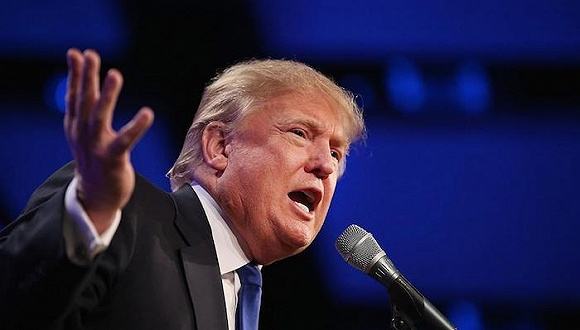
Miao Xiaotian and Janet Yang at 2016 U.S.-China Film Summit. (Photo by Ryan Miller/Capture Imaging)
As China grows into the world’s largest film market, an increasing number of filmmakers entertain the idea of adding Chinese elements in their films or even co-producing films with China in hopes of attracting a global audience (while also enjoying the possible commercial rewards.) If you are a filmmaker who is exploring the possibilities in this area, China Film Co-production Corporation is a key organization that you must work with.
Founded in 1979, China Film Co-Production Corporation (CFCC) is solely authorized by the State Administration of Press, Publication, Radio, Film and Television (SAPPRFT) to administer affairs relating to Chinese-foreign film co-productions.
At the 8th annual US-China Film Summit organized by Asia Society Southern California Center, CFI sat down with Miao Xiaotian, President of China Film Co-production Corporation, to talk about co-production trends, film import quotas, arthouse films in China, and more.
CFI: When it comes to the co-production projects submitted to your organization over the past a few years, do you see any changes and trends in terms of number, genre, and country?
Miao: Over the past two years, the number of co-productions significantly increased. From 2011-2015, we received about 40 co-production applications each year. But last year, we received about 70 applications. In addition, participating countries are becoming more and more diverse where especially this year, some countries that we’ve never worked with before, such as South Africa and Brazil, are getting involved. Meanwhile, the stories are getting richer and more diverse as well. Some of the co-produced films performed very well at box office in recent years.
CFI: China and the U.S. are reportedly re-negotiating the quota on foreign film imports. Is there anything you can tell us about this negotiation?
Miao: I heard that the negotiation is happening right now. I am not participating in the negotiation, so I don’t know the details. But in actuality, the number of films China imported last year already surpasses the quota we set previously. Last year, China imported more than 100 foreign films and about half of them are imported on revenue-sharing basis while the rest were bought by Chinese distributors on a flat-fee basis.
CFI: For each step of co-production, from development and shooting to post-production and distribution, do you have any specific suggestions? What are the best models for collaboration?
Miao: As far as the models, it really depends on the project. Different models work for different projects. I don’t think there is one model that can be applied to all projects. I am very happy to see that Chinese teams have been able to increase their levels of participation and play more and more important roles in these projects. Currently, the percentage of Chinese investment is higher than that of foreign investment in most of the co-production projects. Higher percentage of investment means more decision-making power.
In addition to financing, Chinese teams are also becoming more and more capable of doing the actual shooting and post-production.
In terms of distribution and marketing, Chinese companies usually take charge of these aspects in China while the foreign teams take charge of a film’s global distribution and marketing campaigns. Big Hollywood studios also try to conduct their own marketing and distribution campaigns in China, but they still need some assistance from Chinese companies.
CFI: We know that China established National Arthouse Film Alliance and has successfully distributed and exhibited ‘Manchester by the Sea’ at its circuit of cinemas specializing in the exhibition of art-house films. Do you have any comments on the Arthouse Film Alliance? If a foreign indie/arthouse film wants to be exhibited in China through the Alliance, what’s the process?
Miao: I think the establishment of National Arthouse Film Alliance is very helpful in terms of cultivating a more mature film market in China. Currently, there is very little room for arthouse films in the market and the Alliance can facilitate the development of the arthouse film market and cultivate interest, which is good for the health of the market. As to importing arthouse films into China, the process is no different from the process through which a commercial movie is imported. All imported films need to pass the Chinese censorship before it can be exhibited at any Chinese cinemas, including the arthouse cinemas under the Alliance.
CFI: Do you also see these types of projects (arthouse films) being submitted to your organization for approval?
Miao: Yes, the number of arthouse/indie co-production projects has also been increasing. Currently, we see all types of films with all different budgets being submitted to us. Quite a significant number of submitted projects are small to mid-budget movies.
CFI: Will China set a film rating system? What is your opinion on this?
Miao: Setting up a film rating system can be beneficial for the market as well as the audience. It can protect children from inappropriate content and also enables the audience to enjoy diverse films. However, developing such a system or policies should be based on our own culture and conditions; we won’t just copy other countries’ rating systems.








